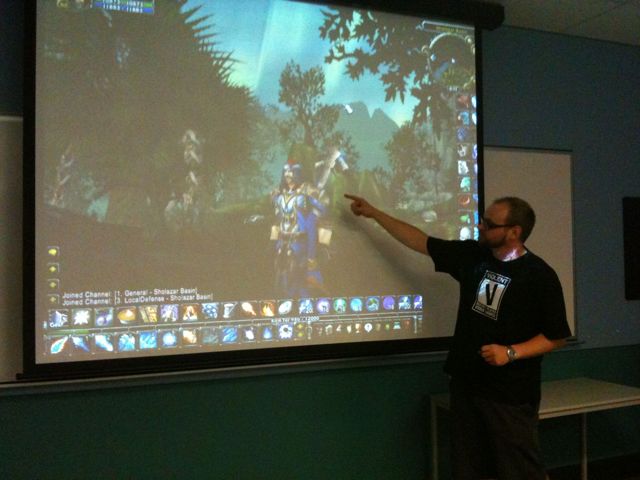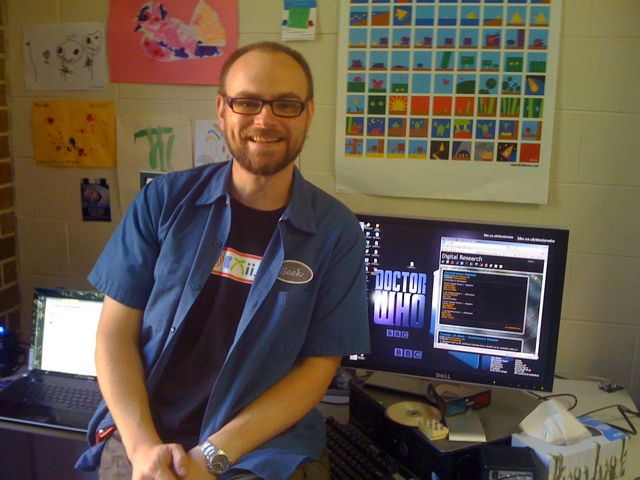Flipshare experience on a PC
A auto graphic comes up for flipShare, suggesting it be installed. I do so by using the exe to install. Then computer needs a reboot.
Videos on the camera automatically pop up when application is launched and device is plugged in. Software seems easy to use with some very basic editing tools (movie creator).
Exports simply and easily to Movie Clip format (playable in most media players).
The program (FlipShare) doesn’t appear to have any editing tools for editing the actual clips. However it does have a ‘Movie’ function, which allows the user to string clips together to make a movie then export, or burn to DVD (with some simple DVD authoring options).
Creating my own channel.
Add my details… the email it was meant to send me with the details of my channel never arrived.
But I do like the instant sharing options!










